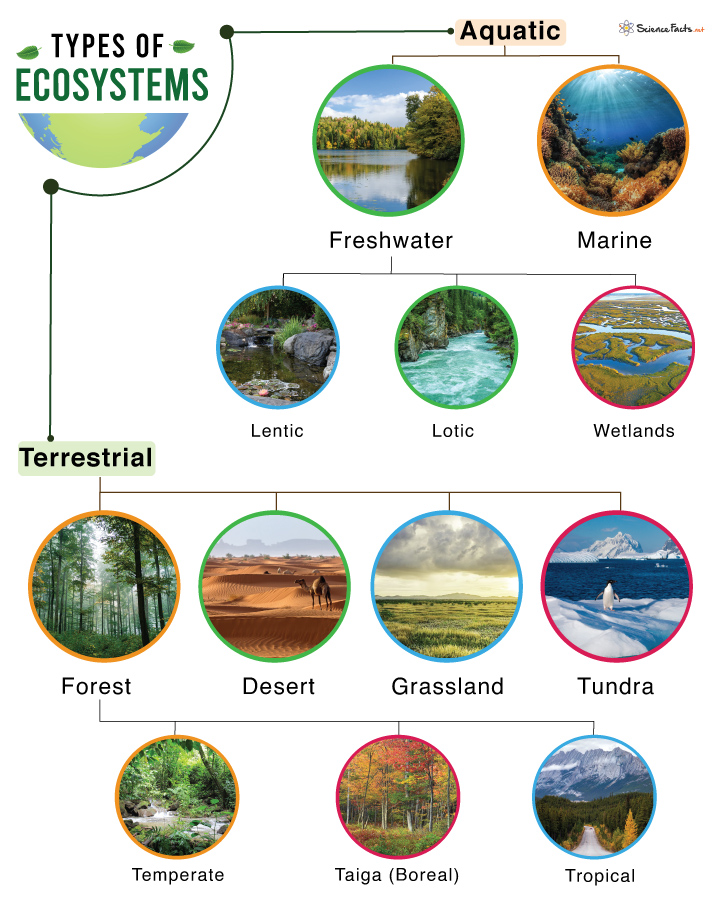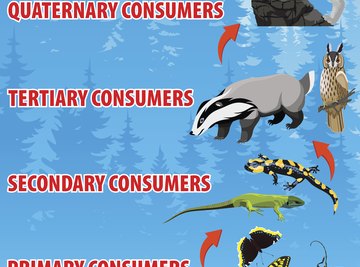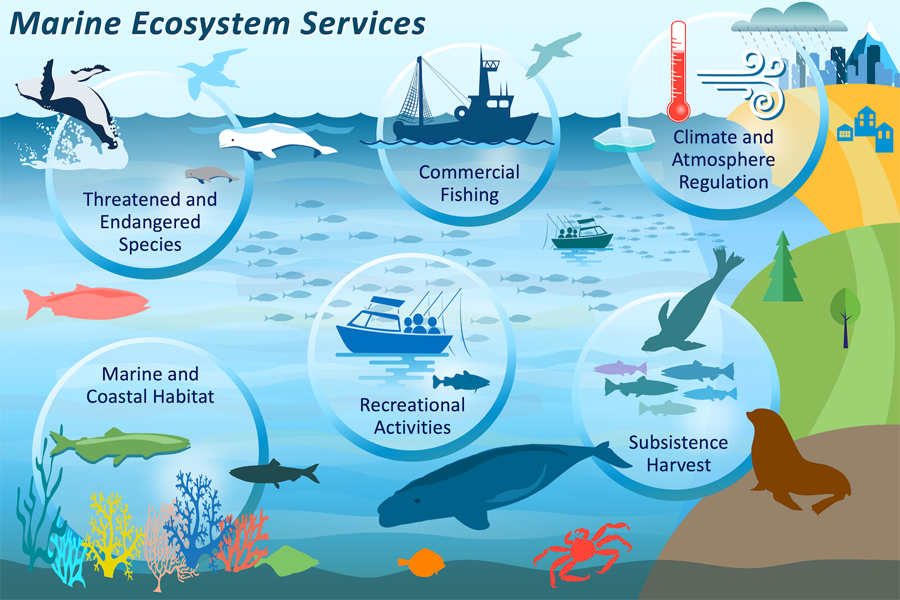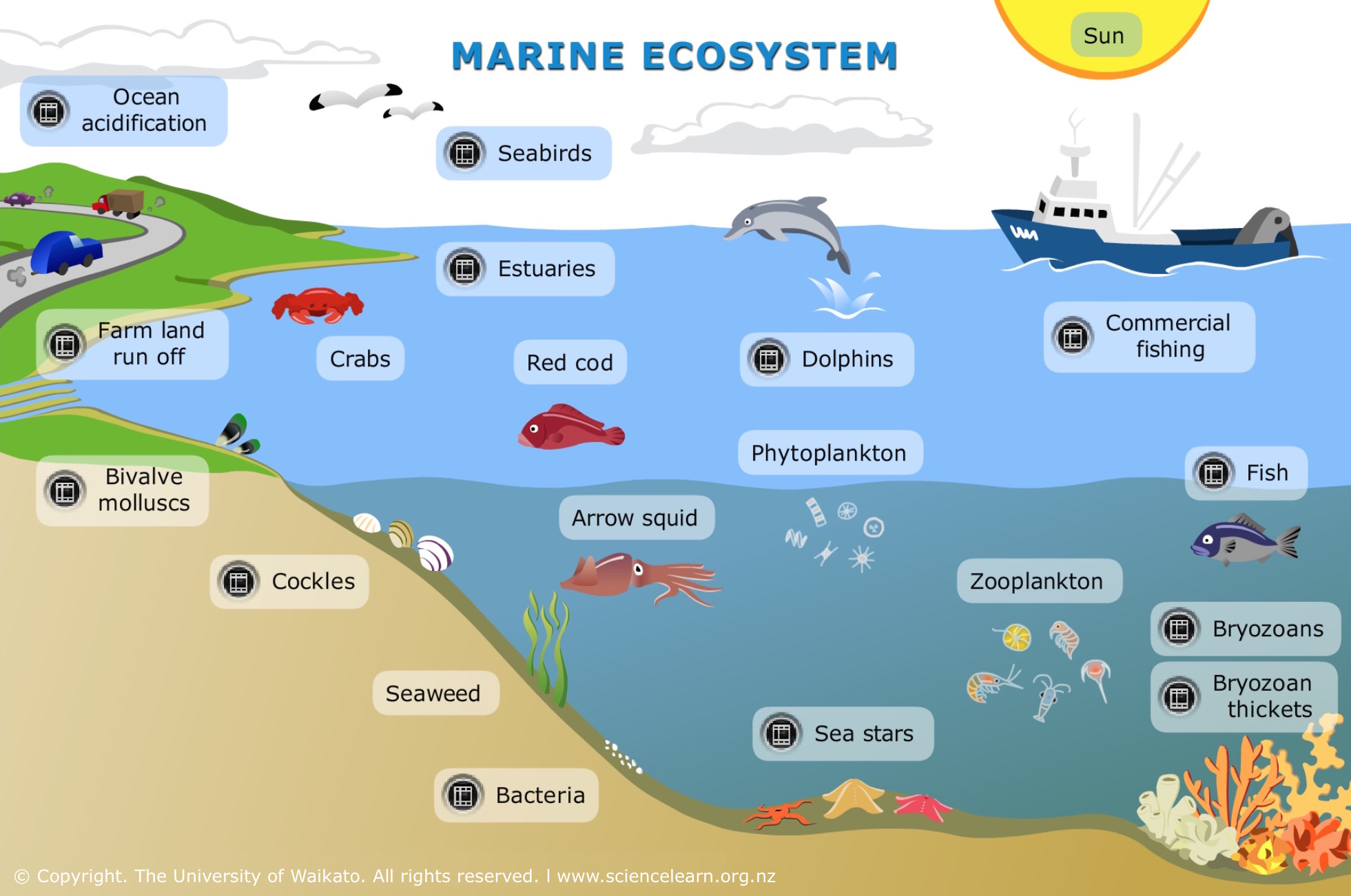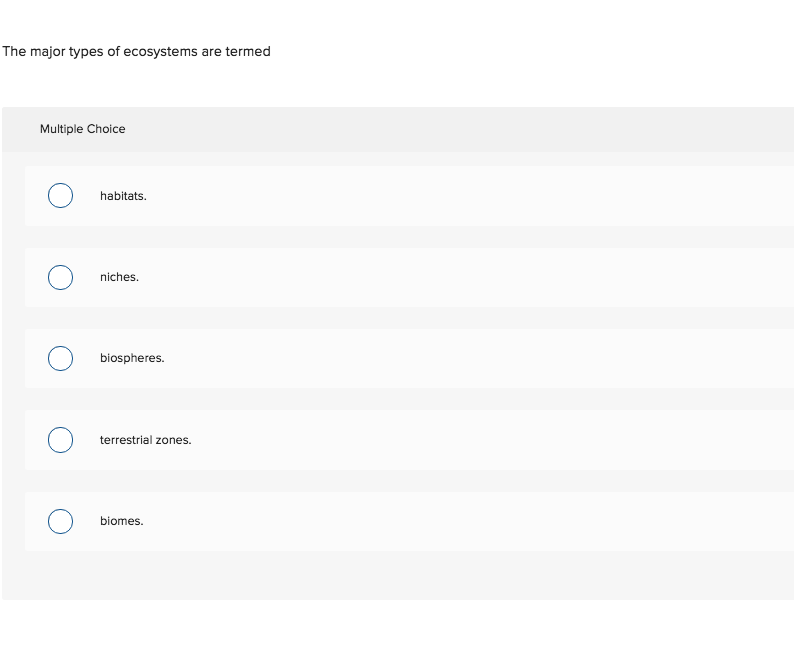Topic types of consumers in an ecosystem: Discover the fascinating world of ecosystem consumers, from herbivores to apex predators, and understand their crucial roles in maintaining ecological balance and biodiversity.
Table of Content
- What are the types of consumers in an ecosystem?
- Overview of Ecosystem Consumers
- Primary Consumers: The Herbivores
- Secondary Consumers: Carnivores and Omnivores
- Tertiary Consumers: Apex Predators
- Quaternary Consumers: The Top Predators
- Decomposers: Nature"s Recyclers
- YOUTUBE: Types of Consumers: Herbivores, Omnivores, and Carnivores
- Importance of Consumers in Ecosystem Stability
- Impact of Human Activities on Ecosystem Consumers
- Conservation Efforts to Protect Ecosystem Consumers
What are the types of consumers in an ecosystem?
In an ecosystem, there are different types of consumers that play important roles in the food chain. Here are the main types of consumers:
- Herbivores: These consumers primarily feed on plants and vegetation for their energy and nutrients. They are also known as primary consumers. Examples of herbivores include cows, rabbits, and deer.
- Carnivores: Carnivores are consumers that feed on other animals. They obtain their energy by hunting and consuming other animals. Carnivores can be further classified into two types:
- Obligate Carnivores: These animals rely solely on meat as their food source. Examples include lions, tigers, and wolves.
- Facultative Carnivores: These animals have a more flexible diet and can consume both plants and animals. Bears and raccoons are examples of facultative carnivores.
- Omnivores: Omnivores are consumers that have a varied diet, consisting of both plants and animals. They can adapt to different food sources and are considered flexible eaters. Examples of omnivores include humans, pigs, and crows.
- Decomposers: Decomposers play a crucial role in breaking down dead organic matter and recycling nutrients back into the ecosystem. They derive their energy by breaking down the remains of dead plants and animals. Decomposers can be bacteria, fungi, or insects like dung beetles.
These different types of consumers interact with each other and form complex food webs within an ecosystem. Each type has its own unique role in maintaining the balance and functioning of the ecosystem.
READ MORE:
Overview of Ecosystem Consumers
Consumers play a pivotal role in ecosystems by transferring energy from one level to another. They are classified based on their diet and the level at which they operate within the food chain. Understanding these roles is essential for grasping the complexity and balance of natural environments.
- Primary Consumers: These are herbivores that feed directly on producers, such as plants and algae.
- Secondary Consumers: Carnivores and omnivores that consume primary consumers.
- Tertiary Consumers: Predators that feed on secondary consumers, often occupying the top tiers of the food chain.
- Quaternary Consumers: Typically apex predators, feeding on tertiary consumers and ensuring ecosystem balance.
- Decomposers: Although not consumers in the traditional sense, decomposers break down dead organic matter, recycling nutrients back into the ecosystem.
This hierarchical structure ensures the flow of energy from the sun to producers and then through various consumer levels, highlighting the interconnectedness of all life forms within an ecosystem.

Primary Consumers: The Herbivores
Primary consumers, or herbivores, are the backbone of ecosystems, serving as a crucial bridge between the sun"s energy and the rest of the food chain. These organisms exclusively consume plants, algae, and other producers, playing a vital role in energy transfer.
- Role in the Ecosystem: Herbivores regulate plant populations, foster biodiversity, and serve as prey for higher trophic levels.
- Examples: This group includes a wide range of animals, from small insects like bees to large mammals like elephants.
- Dietary Adaptations: Herbivores have evolved specialized digestive systems to break down plant material, which is often tough and fibrous.
- Impact on Vegetation: Their feeding habits can shape the landscape, influencing the types of plants that thrive in an area.
Understanding the role of primary consumers is essential for conservation efforts, as they are indicators of the health and stability of their ecosystems.
Secondary Consumers: Carnivores and Omnivores
Secondary consumers play a critical role in ecosystems by controlling the population of primary consumers and transferring energy up the food chain. These consumers include both carnivores, which eat other animals, and omnivores, which have a diet consisting of both plant and animal matter.
- Role in the Ecosystem: They help maintain population balance among primary consumers, preventing overgrazing and promoting ecological stability.
- Examples: Carnivores like wolves and lions, and omnivores such as bears and humans, showcase the diversity within secondary consumers.
- Feeding Adaptations: Secondary consumers have evolved various hunting and foraging strategies, as well as digestive adaptations, to utilize a wide range of food sources.
- Impact on Food Web Dynamics: Their predatory activities are crucial for the natural selection process, influencing the evolutionary paths of their prey.
Their role underscores the interconnectedness of all organisms within an ecosystem, highlighting the importance of each species in maintaining the balance of nature.

Tertiary Consumers: Apex Predators
Tertiary consumers, often referred to as apex predators, occupy the top tier of the food chain. These predators have no natural enemies and play a pivotal role in maintaining the health and balance of their ecosystems by controlling the population of secondary consumers.
- Role in the Ecosystem: Apex predators regulate the numbers of other consumers, thereby preventing any single species from overwhelming the ecosystem.
- Examples: Eagles, sharks, and large cats such as lions and tigers exemplify the diversity and strength of tertiary consumers.
- Adaptations: These predators have developed keen senses and physical prowess, enabling them to hunt effectively and maintain their status at the top of the food web.
- Keystone Species: Many apex predators are considered keystone species, meaning their presence and role have a disproportionately large impact on their environment.
Their existence underscores the complexity of food webs and the necessity of conserving these powerful creatures to ensure ecosystem stability.
Quaternary Consumers: The Top Predators
Quaternary consumers are the apex of the food web, predating on tertiary consumers and maintaining the delicate balance of the ecosystem. These top predators ensure the health of the ecological community by controlling the population of lower trophic levels.
- Role in the Ecosystem: They prevent overpopulation of tertiary consumers, contributing to biodiversity and ecosystem health.
- Examples: In some ecosystems, these might include larger predators such as killer whales, which prey on seals and large fish, or large birds of prey that hunt snakes and rodents.
- Unique Adaptations: Quaternary consumers have evolved with exceptional hunting skills, speed, and strength, enabling them to dominate their habitats.
- Impact on Biodiversity: Their presence supports the structural integrity of food webs, allowing for a variety of species to coexist.
Their critical role highlights the importance of preserving these magnificent creatures to ensure the ongoing health and stability of ecosystems worldwide.

Decomposers: Nature"s Recyclers
Decomposers are the unsung heroes of the ecosystem, breaking down dead organic matter and recycling nutrients back into the soil, which supports new plant growth. This critical process maintains the health of the ecosystem by ensuring the flow of energy and nutrients.
- Role in the Ecosystem: They complete the nutrient cycle by decomposing dead plant and animal matter, liberating carbon, nitrogen, and other essential nutrients.
- Examples: This group includes bacteria, fungi, earthworms, and certain insects, each playing a unique role in the decomposition process.
- Decomposition Process: Decomposers break down complex organic materials into simpler substances, making them available for uptake by plants.
- Impact on Soil Fertility: The action of decomposers enhances soil fertility and structure, critical for plant life.
By understanding and appreciating the role of decomposers, we can better grasp the intricacies of ecological balance and the importance of each component within the ecosystem.
Types of Consumers: Herbivores, Omnivores, and Carnivores
Explore the fascinating world of ecosystems and discover how each living organism, from the smallest insect to the mightiest predator, plays a crucial role in maintaining the delicate balance of life. Immerse yourself in the awe-inspiring beauty of nature\'s interconnected web in this captivating video journey.
Trophic Levels: Producers, Primary Consumers, Secondary Consumers, Tertiary Consumers, and Decomposers
Dive into the intriguing concept of trophic levels and unravel the intricate relationships between producers, consumers, and decomposers. Witness the captivating dynamics of energy flow within a food chain and understand the profound impact that each trophic level has on the entire ecosystem. Discover the wonders of nature\'s hierarchy in this enlightening video exploration.
Importance of Consumers in Ecosystem Stability
Consumers of all levels play indispensable roles in maintaining ecosystem stability. Their interactions within food webs ensure the continuous flow of energy, control population sizes, and support biodiversity, which are essential for a balanced and healthy ecosystem.
- Energy Transfer: Consumers facilitate the transfer of energy across trophic levels, from primary producers to apex predators, ensuring the survival of various species.
- Population Control: Predatory consumers help regulate the populations of other organisms, preventing any single species from dominating the ecosystem and causing imbalances.
- Biodiversity Support: The diverse dietary habits of consumers promote a variety of plant and animal species, enhancing ecosystem resilience.
- Disease Regulation: By controlling population densities, consumers also help mitigate the spread of diseases within their ecosystems.
- Nutrient Cycling: Decomposers, a special group of consumers, play a crucial role in recycling nutrients, ensuring the health and productivity of ecosystems.
Their collective actions are vital for the preservation of ecological equilibrium, making the conservation of all consumer types a priority for sustaining life on Earth.

Impact of Human Activities on Ecosystem Consumers
Human activities have profound impacts on ecosystem consumers, affecting their populations, health, and the overall balance of ecosystems. These impacts range from habitat destruction to pollution, each having significant consequences for consumer species.
- Habitat Loss: Deforestation, urban development, and agriculture reduce the living spaces for many consumers, leading to population declines.
- Pollution: Air, water, and soil pollution can poison consumers directly or indirectly by affecting their food sources.
- Climate Change: Altered climates and weather patterns disrupt the natural habitats and food availability for consumers, forcing them to adapt, migrate, or face extinction.
- Overexploitation: Overfishing, hunting, and poaching have led to drastic reductions in some consumer populations, impacting food webs.
- Invasive Species: The introduction of non-native species can disrupt local ecosystems, outcompeting or preying upon native consumers.
Addressing these impacts requires concerted conservation efforts and sustainable practices to ensure the health and longevity of ecosystem consumers and the environments they inhabit.
READ MORE:
Conservation Efforts to Protect Ecosystem Consumers
Conservation efforts are crucial to protect ecosystem consumers and ensure the stability and health of ecosystems worldwide. These efforts involve a range of strategies aimed at preserving habitats, restoring populations, and mitigating human impacts.
- Habitat Preservation: Protecting natural habitats through the establishment of reserves and parks to ensure consumers have the space and resources to thrive.
- Species Reintroduction: Reintroducing species to their natural habitats to restore population levels and ecological balance.
- Regulating Hunting and Fishing: Implementing quotas and seasons to prevent overexploitation and ensure sustainable populations of consumer species.
- Combating Pollution: Reducing pollution through stricter regulations and clean-up efforts to safeguard both terrestrial and aquatic consumers.
- Climate Change Mitigation: Addressing the root causes of climate change to preserve ecosystems and their consumers from the adverse effects of global warming.
- Public Education: Raising awareness about the importance of ecosystem consumers and the threats they face encourages public support for conservation measures.
These collective actions are vital for the long-term survival of consumer species and the overall health of our planet"s ecosystems.
Exploring the types of consumers in ecosystems reveals the intricate web of life and its delicate balance. By understanding and protecting these vital roles, we contribute to the health and sustainability of our planet.

